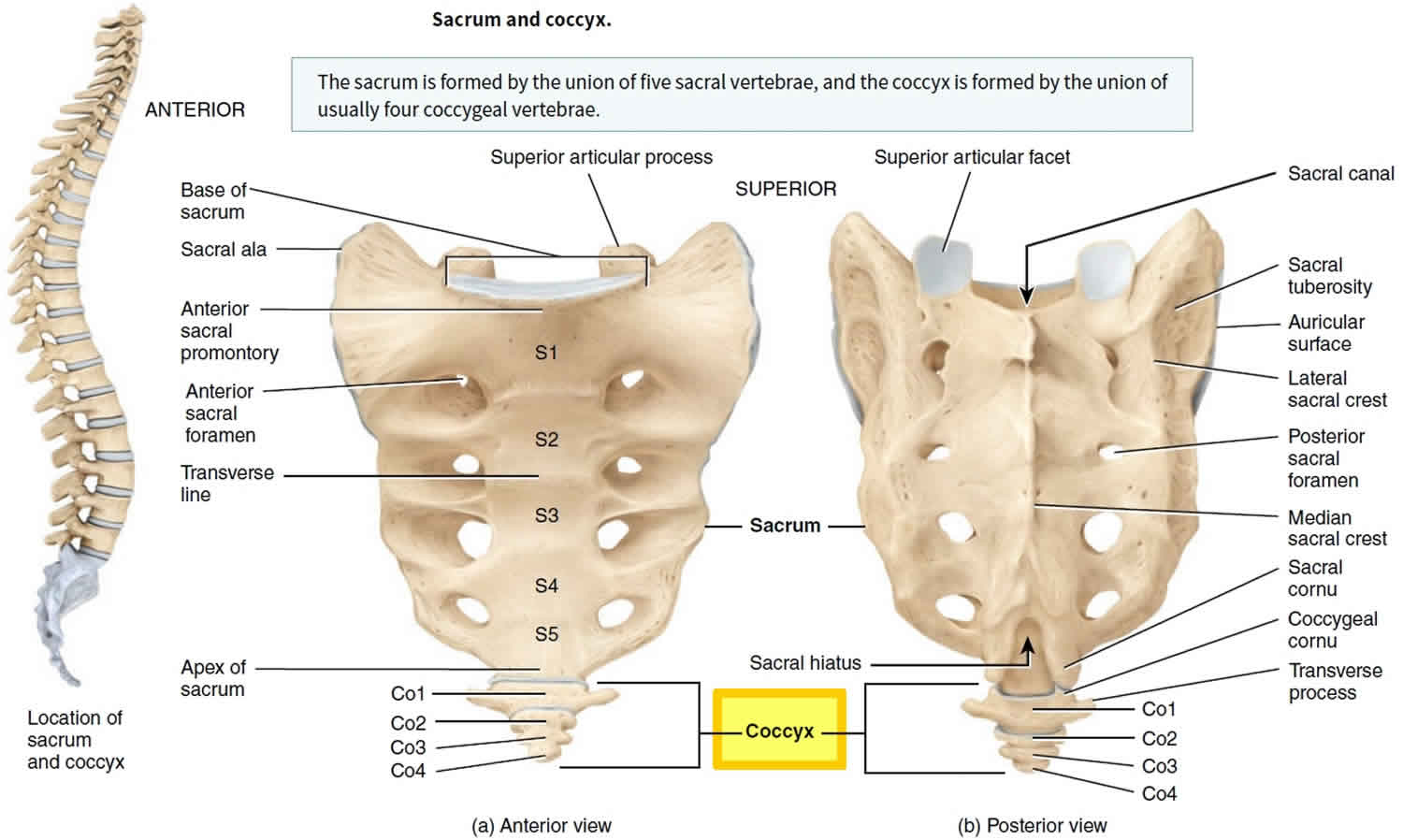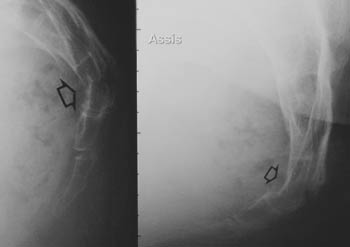

A warm sitz bath may also provide some relief by relaxing your pelvic floor muscles.Holding an ice pack on the sore area for 20 to 30 minutes at a time a couple of times a day and taking a nonsteroidal anti-inflammatory drug (NSAID) like ibuprofen can help to reduce swelling and pain.However, there are some things you can try. If you're wondering what to do for a bruised tailbone, know that most of these injuries heal on their own.

Depending on the injury, the doctor might send you for an X-ray or CT scan to make the diagnosis before recommending a treatment. Your doctor can do a physical exam to find the source of your pain. It's harder to focus on your baby when your lower back aches or it hurts every time you stand up.

Tailbone pain after birth can be a problem because it gets in the way of being a new mom. Significant discomfort that leads to trouble sleeping.Pain that gets worse when you stand up, stand or sit for a long period of time, or strain during a bowel movement.Aching or tenderness in your lower back.Some common symptoms of a tailbone injury include: What are the signs of a bruised or broken tailbone? Tailbone pain after birth is also more likely if your doctor used a vacuum or forceps during the delivery. You're more likely to injure your tailbone in labor if your baby is very large or in the posterior position.
#COCCYX FRACTURE CRACK#
Fractures aren't common, but some women hear a crack or pop when their tailbone breaks during delivery. It might even lead to a dislocated (pushed out of position), or broken tailbone. The pressure of your baby's head passing through the birth canal can cause a bruised tailbone. Looser ligaments can more easily get twisted (sprained) or stretched (strained) during delivery. Ligaments that are attached to your tailbone also become more flexible toward the end of your pregnancy. Hormones released during your third trimester make your tailbone more flexible so it can move around and give your baby room to pass through. How does the tailbone get injured during childbirth? But if you have a bruised or broken tailbone, the pain could last for a few weeks after your baby's birth. Tailbone pain should improve after you deliver. The weight of your growing baby puts added pressure on your tailbone. Looser ligaments can cause tighter pelvic floor muscles.īecause the pelvic floor muscles are attached to your tailbone, that's where you might feel the pain. Your tailbone helps to stabilize you when you sit.ĭuring pregnancy, your body releases the hormone relaxin to loosen up your pelvic ligaments and give your baby room to get down the birth canal during childbirth. It's made up of the last three to five vertebrae of your spinal column, and it's attached to the base of your spine by fibrous cords called ligaments. The tailbone (or coccyx) is a small triangular bone that sits at the base of your spine, right at the top of your butt. You might hear your doctor use the term coccydynia to describe pain in your tailbone. A sore tailbone after birth could be caused by loose ligaments from your pregnancy, or an injury during delivery.


 0 kommentar(er)
0 kommentar(er)
